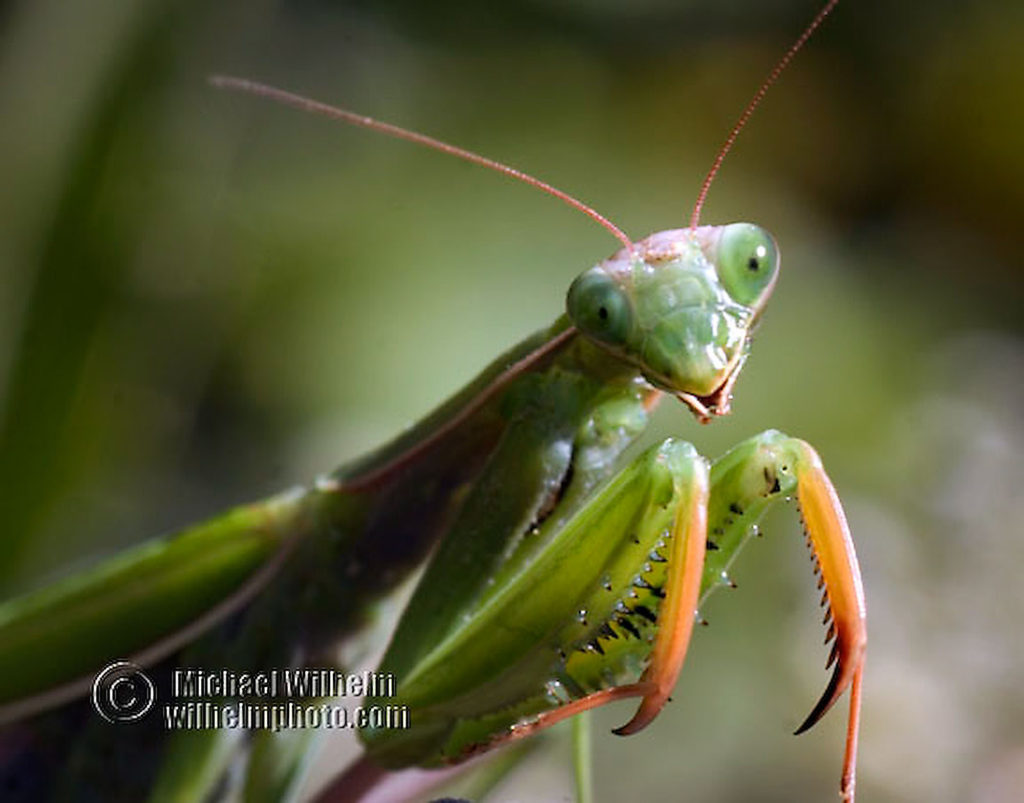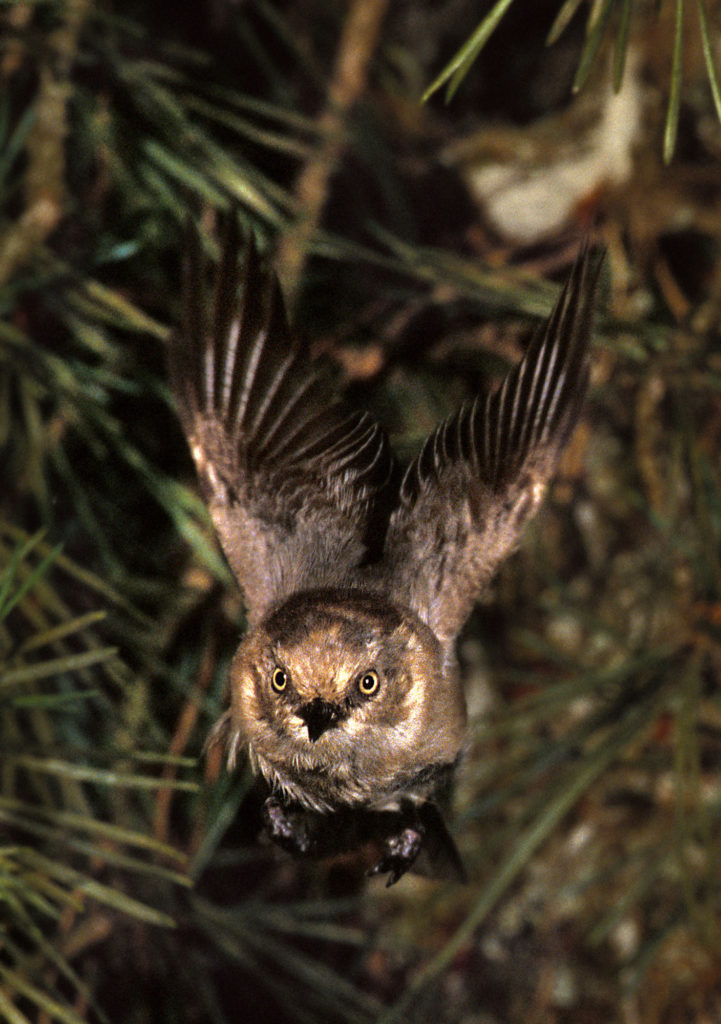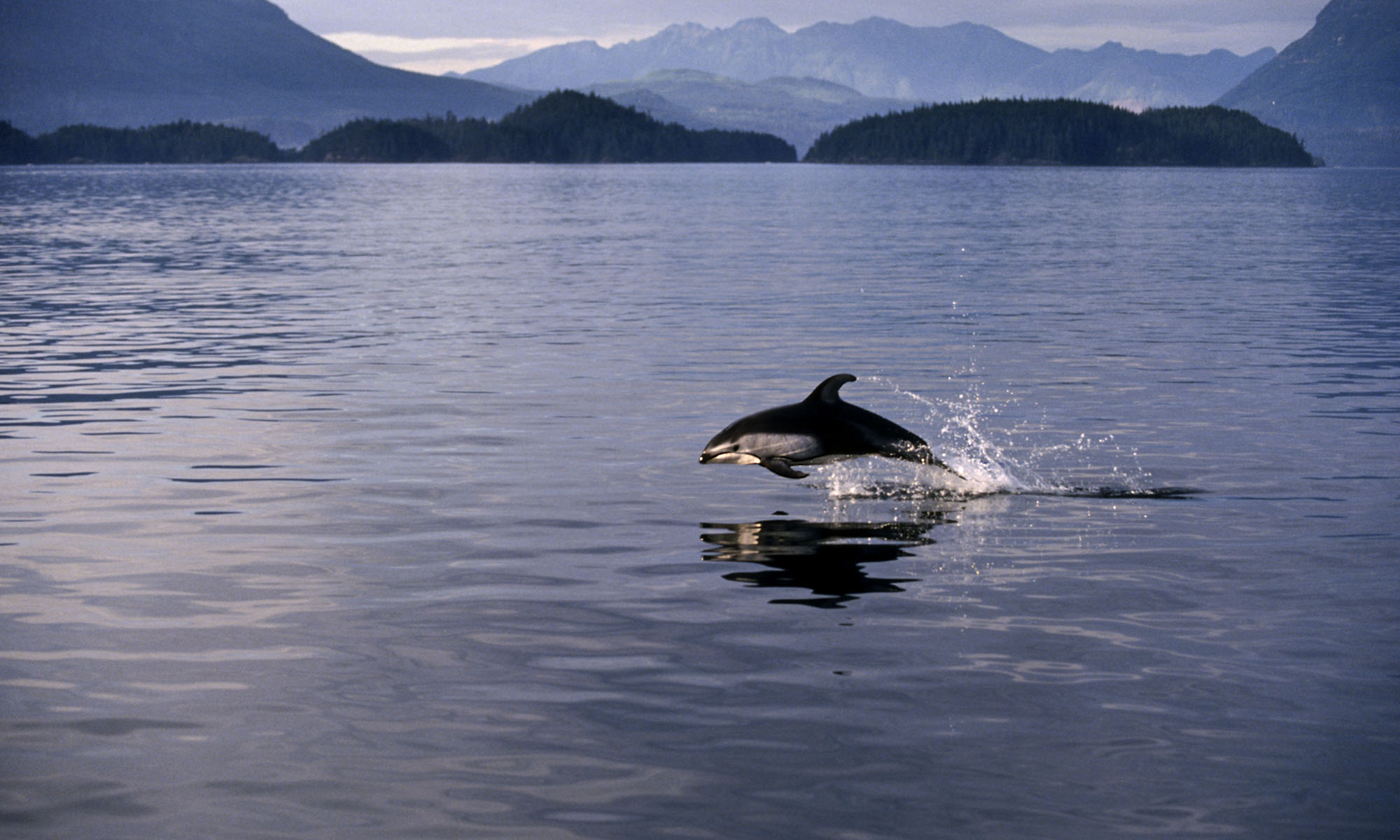Young hummingbirds, fresh out of the nest, provide some predictability on where you may find a good action shot. Atleast for a few days, mamma hummingbird will return often to feed the young birds while they learn to fend for themselves. The juvenile hummers can move around, but they generally don’t venture too far while waiting for another meal delivery. This gives us a chance to get the camera positioned and ready for the feeding behavior and nurturing moments from a dedicated parent.
Red-breasted Sapsucker
Birds are elegant creatures and interesting to photograph in their own right. Capturing expressions of their behavior elevates your images from a thing of beauty to one that also shares information about a species and its relationship to the environment. While taking portraits of a bird watching for and trying to document its survival strategies can be a very rewarding way to enhance your experience and will provide interesting content for your caption.
Red-Breasted Sapsucker
Backyard Habitat
Birds need food, shelter and the means to care for their plumage. This can be as simple as a feeder and water source positioned where birds can quickly escape to cover. Adding native and food-bearing plants to your yard will serve to attract and hold wildlife in your space.
Remember many bird species are omnivorous, so pesticides that eliminate insects will limit the allure of your habitat.
Once you have established a place for them, the birds will provide endless opportunity to practice with your camera and experiment with techniques to capture better pictures. At the same time you will come away with some fun photos and be better prepared to make stunning shots the next time you find yourself in an exotic landscape.
Mantis close-up

An animal (or insect) showing what appears to be humanistic characteristics will add interest to your image. Clearly the seemingly friendly expression of this Preying Mantis has nothing to do with its demeanor, but we naturally respond to eye contact and the appearance of a smile.
One Step Ahead
Little birds seldom stay in one place for long. They’re energetic, they flit, forage, hop, hover, and yes, they fly.
It’s a challenge to get a small bird, say a hummingbird or a chickadee, to stay in front of the camera long enough to focus and click. A telephoto lens helps to give a detailed look at the little guys, but this tunnel vision further compounds the problem of finding the bird in your frame. To succeed we need to know where the bird will be and have equipment poised for that fleeting moment when our subject takes the stage.
Sometimes a bird’s behavior will provide the opportunity to predict a good place to train your lens. In the spring males of some species will seek the highest perch in their territory to announce their presence to potential mates. A nest or food source will provide opportunities to observe a bird in a known location too. Birds often land on a favorite perch before proceeding to their nest or a feeder and this is a good place to catch them in a stately pose or even with a meal for their young. At home feeders you can provide a perfect perch for the birds and make sure you have the perfect angle and background for your pictures. Since you know where she’ll be going next maybe you can even catch that little speedster on the wing.
Planning is key to catching hyper little birds in camera, and when I’m out watching them I look for opportunities to get a step ahead of their next move.

